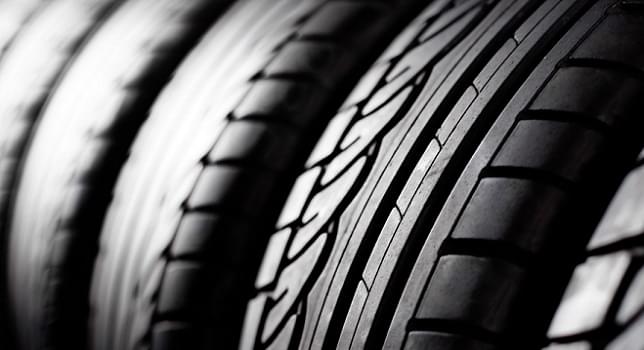The global economic climate for all tire end uses and types is expected to grow in volume and value terms through 2024, with specialty applications like motorcycles, high-performance vehicles, and OTR tires leading the market.
Smithers latest market report, ‘
The Future of Global Tires to 2024’ forecasts the global tire market value will increase from $239 billion in 2019 to $280 billion by 2024, with a compound annual growth rate (CAGR) of 3.2%. The global tire industry is poised for growth as it adapts to meet global challenges across a complex matrix of tire types, material inputs, end uses and global regions.
The tire industry challenges and opportunities include further evolution of the regulatory environment (labeling expansion, fuel efficiency, and lower emissions), developments in transportation technology and mobility (electric and autonomous vehicles), tire technology advances, greater performance/load demands in many end-use applications, as well as sustainability.
When factoring in the COVID-19 crisis, it appears that there is no avoiding a very bad year for the global economy and the tire industry. The expected 3% decline in annual GDP anticipated by the baseline International Monetary Fund scenario is the worst since the Great Depression, and worse than the global financial crisis over a decade ago. The performance of the five different regions relative to the global tire market under this scenario is still similar to the one originally forecast, with Asia-Pacific showing the best performance, the most developed markets of Europe and North America with the lowest, and the remaining developing markets of South and Central America, and Middle East and Africa in between, in terms of annual growth (or decline) rates.
Smithers’ analysis for ‘The Future of Global Tires to 2024’ identifies the following key trends and drivers for the global tire industry over the next five years:
- Global economic growth is expected to continue in most regions/countries, supporting vehicle production and incremental expansion of the number of vehicles in use. Concurrently, greater performance and load demands placed on many vehicles and tires will support strong adoption of high-performance (HP) and premium tires. Global trends include the shifting of demand growth opportunities to up-and-coming economies, along with greater use of radial (e.g. in India) and premium tires.
- Replacement demand is supported by a wide variety of growing end uses, ranging from passenger cars and light trucks, and medium and heavy-duty trucks and buses to specialty applications such as motorcycles, off-the-road (OTR) equipment (broadly defined to include mining, construction, ports, agricultural, and industrial uses) and aviation.
- Transport and tire regulations, including fuel economy mandates on vehicle manufacturers and consumer labeling standards, will continue to drive innovation and technology adoption both by OEMs (original equipment manufacturers of vehicles) and tire manufacturers, and in turn their suppliers. The further pursuit of low rolling resistance (LRR), with additional emphasis on tire weight reduction (and aerodynamics), will become more important.
- Adaptation and evolution of tires and related services to better meet end-use requirements such as fuel efficiency, performance, reliability, durability, and intelligence/data/predictive analytics will accelerate. Further evolution of ownership will occur as vehicle sharing and fleets become more common and sophisticated in more applications. Expansion of e-commerce and greater efficiencies (including wholesale and retail rationalization, drawing interest from private equity sector) are changing distribution.
- Companies are more focused on sustainability across the lifecycle, from raw materials to recycling. Greater automation and efficiency in production (including artificial intelligence and “smart factories”), relative reduction in materials used, pursuit of zero waste and defects are changing manufacturing and helping to limit costs of production.
Smithers latest report, ‘
The Future of Global Tires to 2024’ identifies and examines the current state and potential evolution of the global tire market from the perspectives of technology, raw materials, end uses and leading producers. It looks at demand from a global perspective, including examples from, and forecasts of, all of the significant tire-consuming regions, broken down into five regions as follows:
- Asia-Pacific: North Asia, Central Asia, Far East and Pacific
- Europe: Western, Central and Eastern Europe, including Russia
- North America: Canada, US, Mexico
- South and Central America: Latin America, excluding Mexico
- Middle East and Africa, including Turkey
Find out more information and gain a full list of contents and figures
